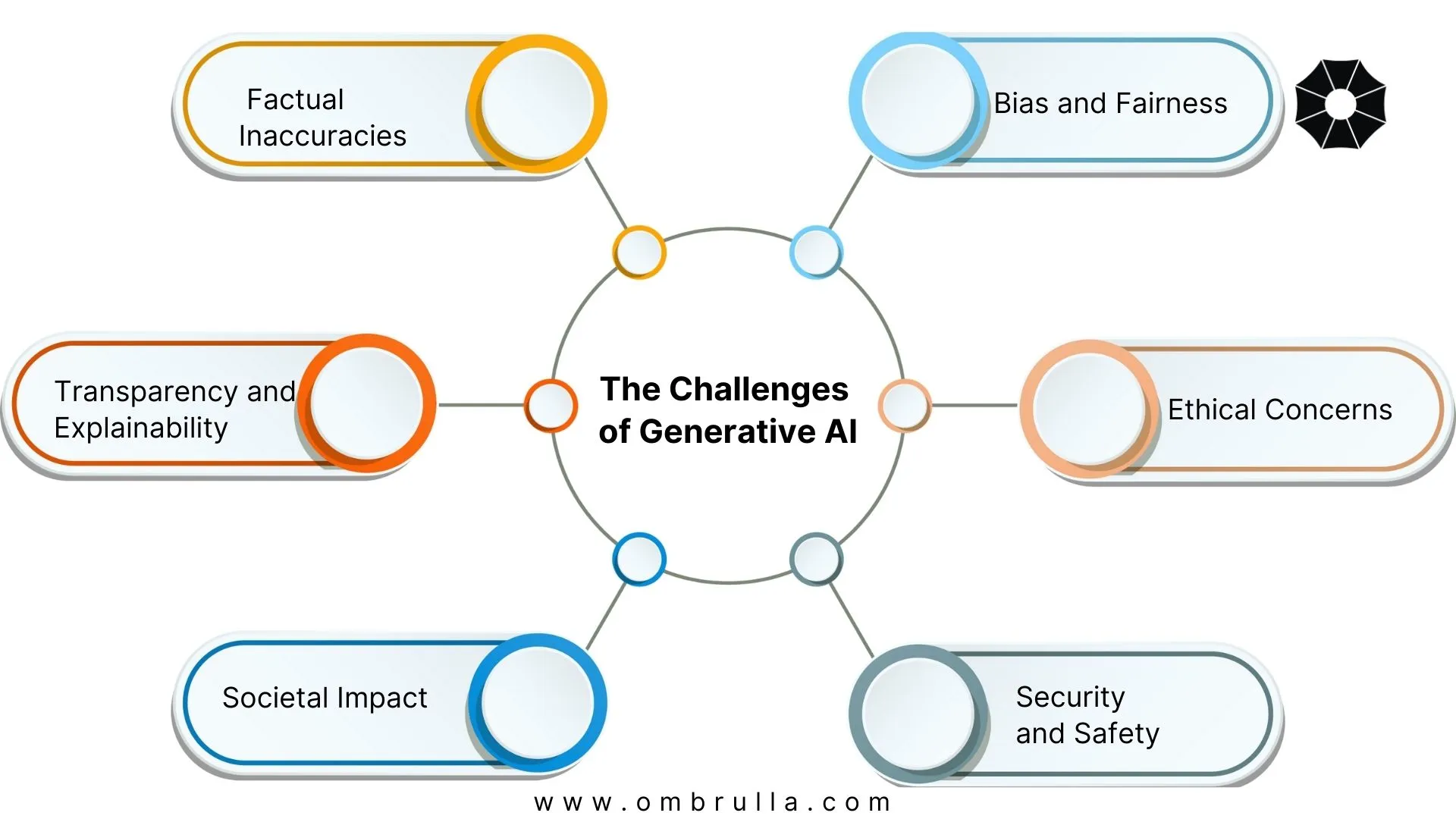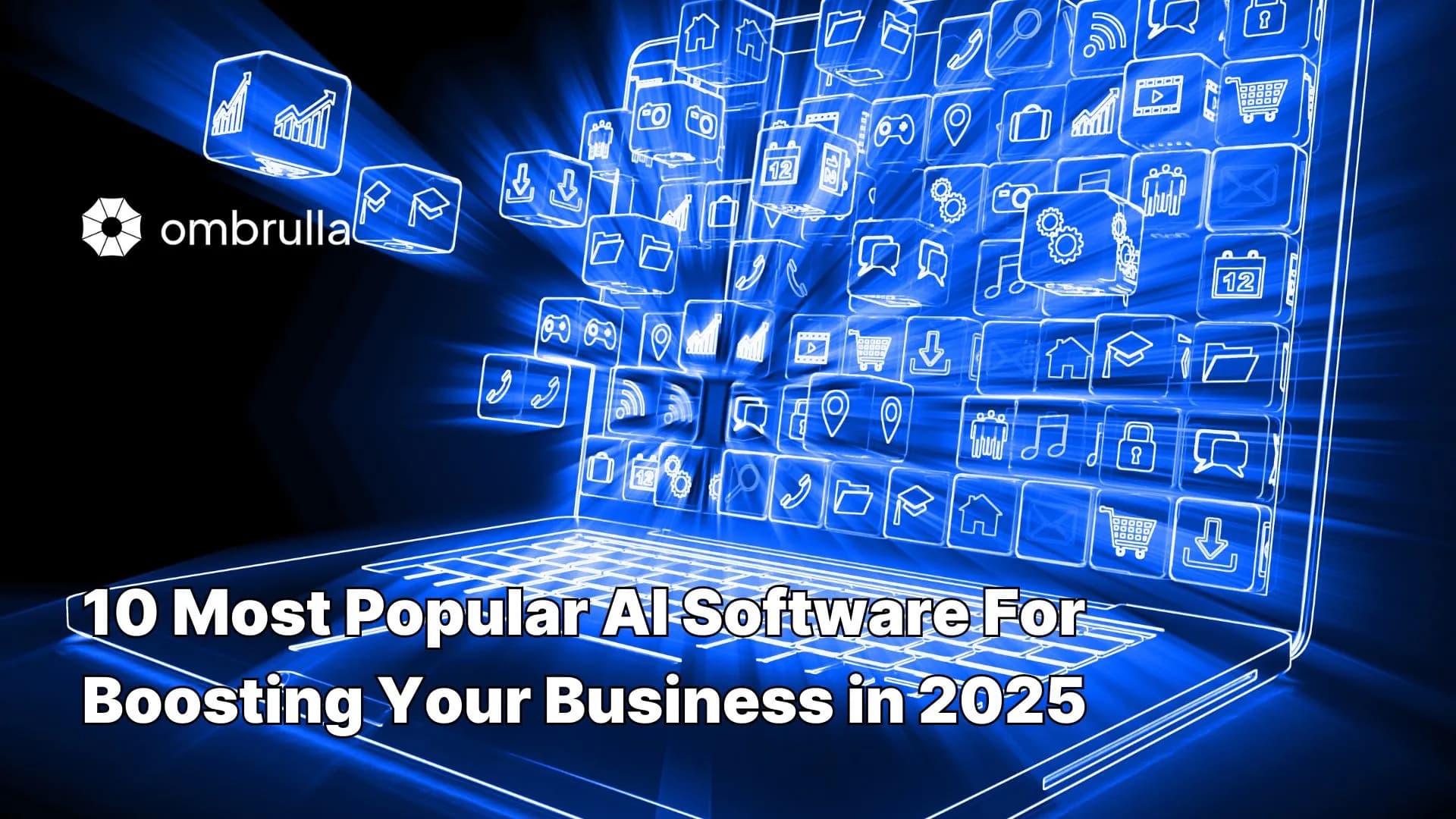Introduction to Generative AI
AI Software Development is driving a transformative shift in the digital era, unlocking new dimensions of creativity, innovation, and problem-solving. With the rise of generative AI, industries from art and music to business and science are reimagining how they design, produce, and interact with the world around them. In this blog, we’ll dive into the pivotal role of AI software development, explore groundbreaking applications of generative AI, and highlight how AI software developers are pushing boundaries to build the next generation of custom AI solutions.
What Is Generative AI?
Generative AI refers to artificial intelligence systems designed to produce new content, such as images, text, music, or code, by learning patterns from vast datasets. Unlike traditional AI applications, which focus on analyzing or categorizing existing data, generative AI creates something entirely new, mimicking human-like creativity.
The Role of AI Software Development in Generative AI
The success of generative AI relies on robust AI software development processes. Leading AI software development companies focus on building algorithms capable of:
Natural Language Processing (NLP)
To generate human-like conversations, emails, or even stories.
Computer Vision
To create realistic images and videos from textual descriptions.
Data Synthesis
To simulate new data that mirrors the original dataset while ensuring privacy and security.
These innovations depend on skilled AI software developers who design and optimize algorithms for efficiency and scalability. Companies offering custom AI solutions are vital for tailoring generative AI tools to specific business needs.
Generative AI in Action: Key Artificial Intelligence Applications
Generative AI has permeated diverse industries, showcasing its versatility through various artificial intelligence applications:
Content Creation
- AI tools like Jasper and ChatGPT assist writers in generating blog posts, marketing content, and product descriptions.
- Businesses use generative AI to create personalized email campaigns, social media posts, and video scripts.
Healthcare Innovations
- AI generates synthetic medical data for training models without risking patient privacy.
- Drug discovery is accelerated by AI software simulating molecular structures and testing new compounds.
Design and Manufacturing
- AI applications in CAD tools help designers create innovative prototypes.
- AI-powered software optimizes manufacturing processes by predicting efficient material usage.
Entertainment
- In gaming, generative AI designs complex characters, stories, and environments.
- In music, AI apps like Amper create unique compositions tailored to user preferences.
Education
- AI-driven platforms generate personalized learning materials based on students' progress and needs.
- Custom AI solutions enhance e-learning experiences with interactive simulations.
Finance
- Generative AI models predict market trends and create personalized financial plans.
- Fraud detection systems leverage synthetic data to identify anomalies.
The Creative Power of AI Apps
The rise of artificial intelligence apps like MidJourney, DALL·E, and Runway has democratized creativity. Individuals and businesses without prior technical expertise can now harness these tools for generating high-quality visuals, animations, and audio.
Features of Cutting-Edge AI Apps:
Intuitive Interfaces
Minimal learning curves make them accessible to everyone.
Real-Time Collaboration
Teams can work together on projects using cloud-based AI software.
Cross-Industry Adaptability
From marketing to product design, these apps are versatile.
Why Businesses Are Turning to Custom AI Solutions
Every business has unique challenges that generic software might not address effectively. This is where custom AI solutions shine, providing tailored systems for optimal performance.
Benefits of Custom AI Software Development:
Personalization
Solutions align with business-specific goals.
Integration
Seamless incorporation into existing workflows and technologies.
Scalability
Adaptability for future needs and growth.
Many AI software development companies specialize in creating bespoke tools, offering a competitive edge to industries like retail, logistics, and healthcare.
How AI Software Developers Are Shaping the Future
Skilled AI software developers are at the forefront of generative AI innovations. Their expertise spans several areas:
Algorithm Optimization
Ensuring generative models are efficient and accurate.
Ethical AI Development
Creating systems that prioritize fairness and reduce biases.
User Experience
Designing interfaces that make complex AI tools user-friendly.
Demand for proficient AI software developers is surging, and companies worldwide are investing in training and recruitment to meet this need.
The Challenges of Generative AI

1. Bias and Fairness:
Data Bias
- Generative AI models are trained on massive datasets. If these datasets contain biases (e.g., gender, racial, socioeconomic), the AI models will inevitably reflect and amplify those biases in their outputs. This can lead to discriminatory outcomes, perpetuating harmful stereotypes and inequalities.
- Example: An AI image generator trained on a limited dataset of images might predominantly generate images of men in professional settings and women in domestic settings, reinforcing harmful gender stereotypes.
Mitigation Strategies
• Diverse and Inclusive Datasets
- Training data must be diverse, representative, and free from bias.
• Bias Detection and Mitigation Techniques
- Developing and implementing techniques to detect and mitigate bias in AI models, such as debiasing algorithms and fairness constraints.
• Continuous Monitoring and Evaluation
- Regularly monitoring AI outputs for biases and making necessary adjustments to the models.
2. Hallucinations and Factual Inaccuracies:
Generating Plausible but Incorrect Information
- Generative AI models can sometimes 'hallucinate,' producing outputs that sound plausible but are factually incorrect or nonsensical. This can be particularly problematic in applications where accuracy is critical, such as news reporting or scientific research.
Addressing Hallucinations
• Improved Training Data
- Training models on more accurate and comprehensive datasets.
• Fact-Checking Mechanisms
- Integrating fact-checking mechanisms into AI systems to verify the accuracy of generated content.
• User Feedback Mechanisms
- Allowing users to provide feedback on the accuracy of AI-generated content to improve future outputs.
3. Ethical Concerns:
Deepfakes and Misinformation
- Generative AI can be used to create highly realistic but deceptive content, such as deepfakes, which can be used to spread misinformation, manipulate public opinion, and harm individuals.
Intellectual Property Rights
- The use of generative AI raises concerns about intellectual property rights, particularly regarding the copyright and ownership of AI-generated content.
Job Displacement
- As generative AI automates tasks previously performed by humans, there are concerns about job displacement in creative fields such as writing, art, and design.
4. Transparency and Explainability:
Black Box Problem
- Many generative AI models are complex and opaque, making it difficult to understand how they arrive at their outputs. This lack of transparency can hinder trust and make it difficult to identify and address potential biases or errors.
Explainable AI (XAI)
- Developing techniques to make AI models more transparent and explainable is crucial for building trust and ensuring responsible AI development.
5. Security and Safety:
Malicious Use
- Generative AI can be misused for malicious purposes, such as generating harmful content, spreading disinformation, or developing malicious software.
Security Risks
- Generative AI models can be vulnerable to adversarial attacks, where malicious actors attempt to manipulate the model's behavior or extract sensitive information.
6. Societal Impact:
Malicious Use
- Generative AI can be misused for malicious purposes, such as generating harmful content, spreading disinformation, or developing malicious software.
Security Risks
- Generative AI models can be vulnerable to adversarial attacks, where malicious actors attempt to manipulate the model's behavior or extract sensitive information.
Addressing these challenges requires a multi-faceted approach, involving collaboration between AI software development companies, researchers, developers, policymakers, and the public. By working together, we can harness the immense potential of generative AI while mitigating its risks and ensuring that it is used for the betterment of society.
Future Trends in Generative AI
The future of generative AI will be shaped by the following trends:
Hyper-Personalization
AI apps will offer experiences tailored to individual preferences at an unprecedented level.
Hybrid Creativity
Collaboration between humans and AI will redefine art, music, and literature.
Integration with IoT
Combining generative AI with IoT devices will enable smarter, more responsive environments.
Conclusion: Generative AI, A Gateway to Endless Possibilities
Generative AI has ushered in a new era where creativity is no longer constrained by human limitations. From enhancing business operations to revolutionizing artistic endeavors, artificial intelligence applications are proving indispensable. As AI software development continues to evolve, businesses and individuals alike can harness the power of custom AI solutions to stay ahead of the curve.
Whether you're looking for a groundbreaking AI app or exploring opportunities to collaborate with leading AI software development companies, the possibilities are endless. The time to embrace this transformative technology is now.





